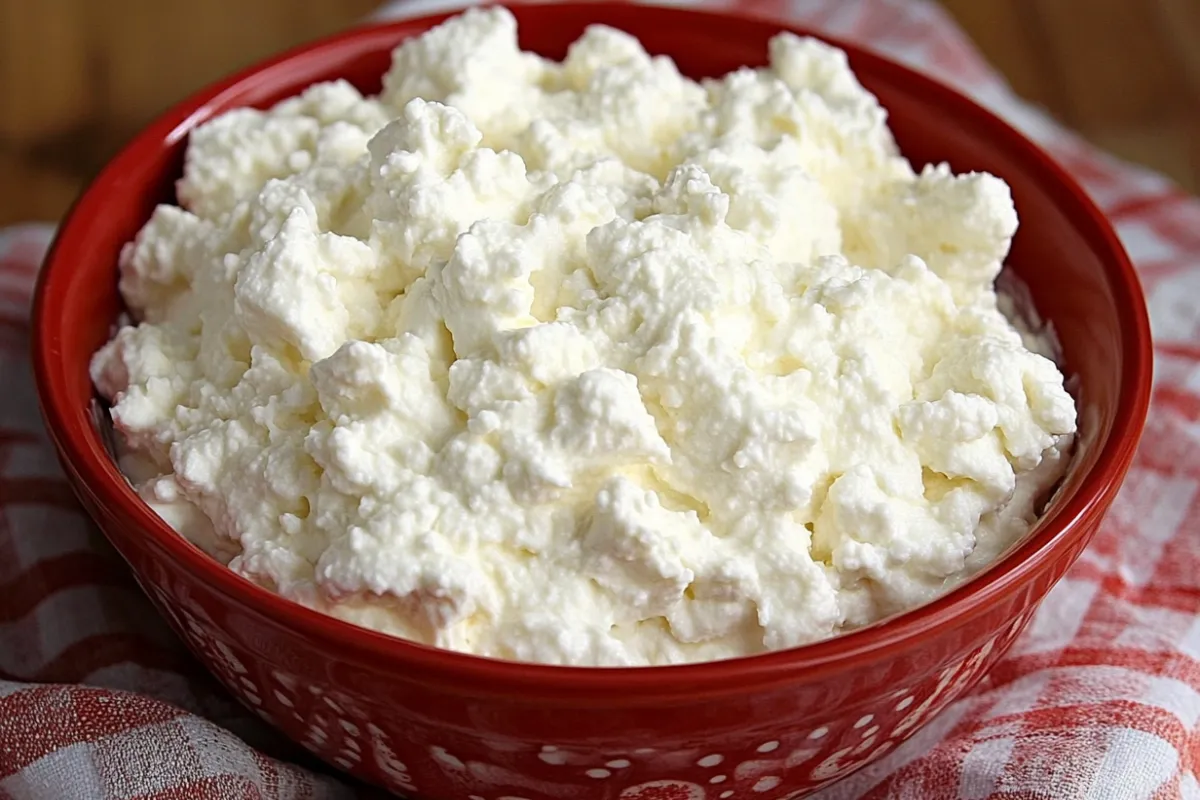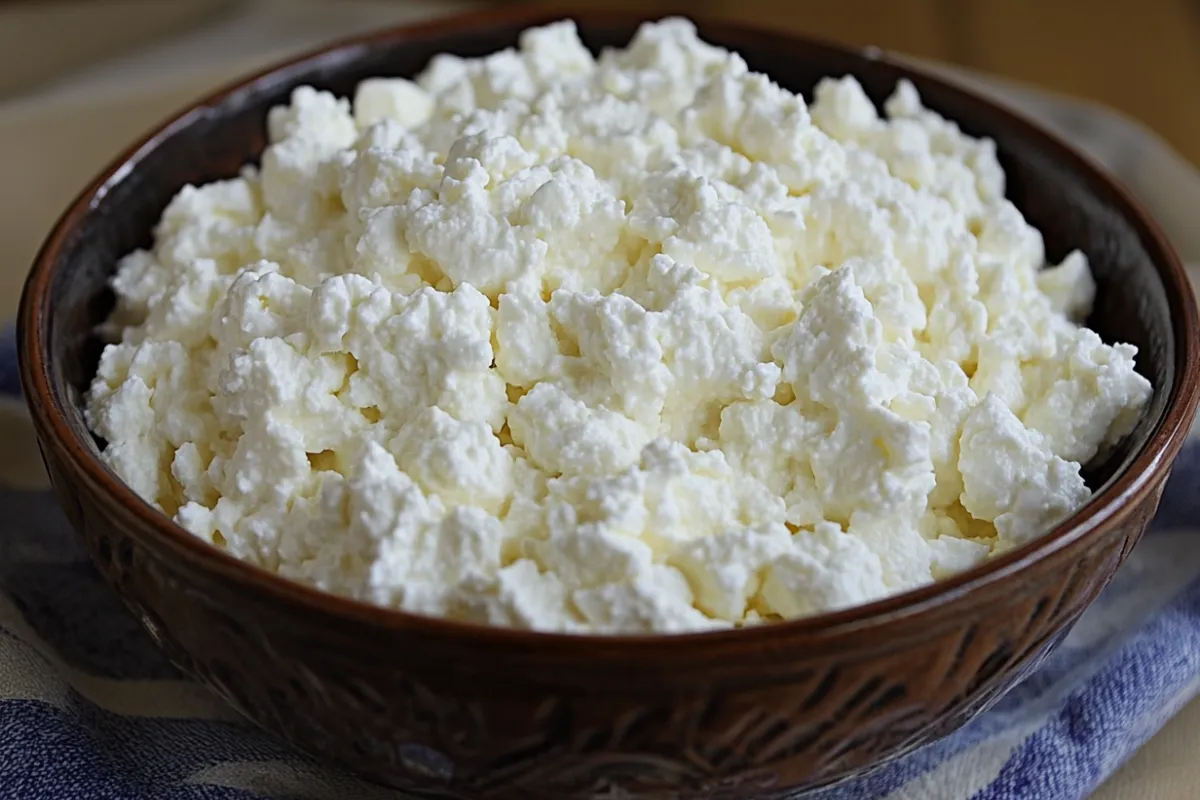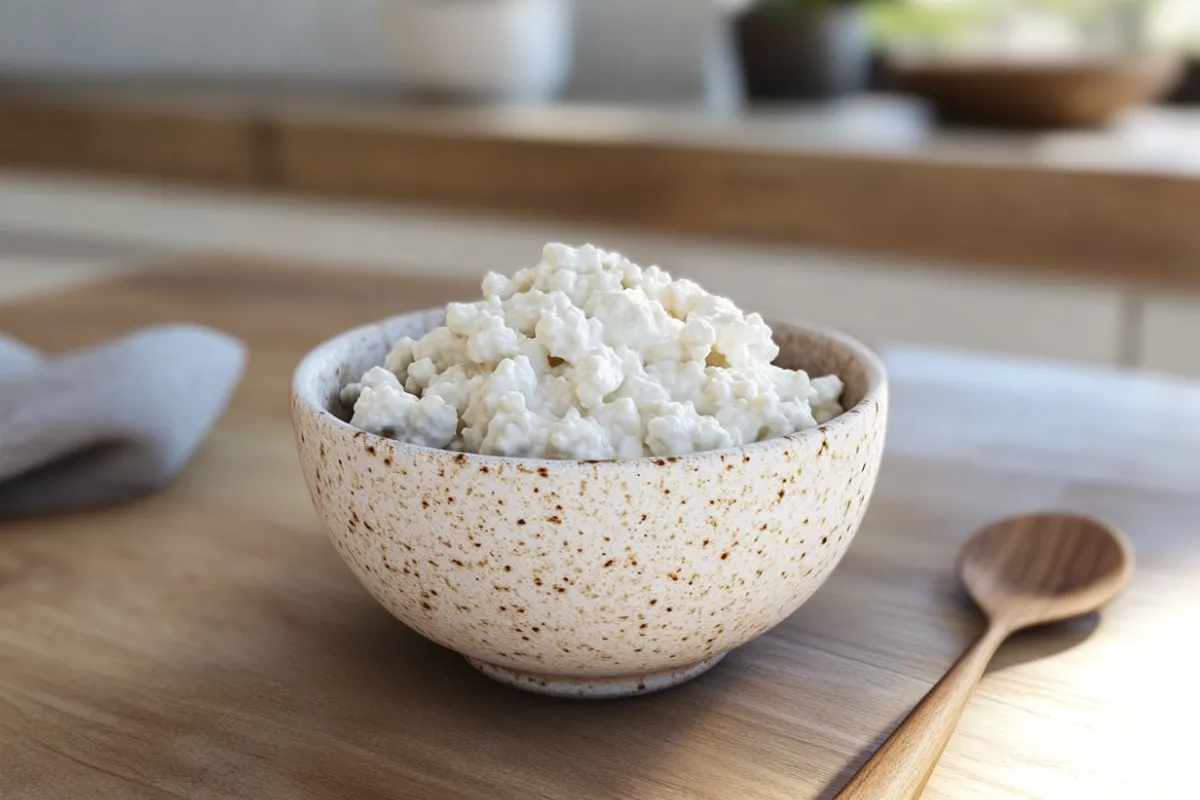If you’ve ever tried to melt cottage cheese, you may have been surprised—and possibly frustrated—by the outcome. Unlike other cheeses like cheddar or mozzarella that melt into a smooth, creamy texture, cottage cheese tends to stay lumpy or even separate into curds and liquid when heated. This puzzling behavior can leave you wondering, why wont my cottage cheese melt?

Understanding the reasons behind this can help you make better use of cottage cheese in your cooking and avoid common mistakes. In this article, we’ll explore the science behind why cottage cheese doesn’t melt, the unique properties of this fresh cheese, and how you can still enjoy it in a variety of dishes without expecting it to behave like other cheeses. Whether you’re a home cook or a curious foodie, this guide will help you make the most of cottage cheese in your kitchen.
Why Cottage Cheese Doesn’t Melt Like Other Cheeses
Cottage cheese is a fresh cheese, made from curds of milk that are drained but not pressed, leaving it with a creamy, slightly lumpy texture. Unlike aged cheeses such as cheddar or gouda, which go through a fermentation and aging process, cottage cheese is produced quickly by adding an acid (like lemon juice or vinegar) to milk, causing it to curdle. The curds are then separated from the whey, resulting in the soft, chunky cheese that’s low in fat and high in protein.
The reason cottage cheese won’t melt like other cheeses is due to its composition. It has a significantly higher moisture content, around 80%, and is low in fat compared to cheeses like mozzarella or cheddar. When a high-fat cheese melts, its fat liquefies, creating the smooth, creamy texture we associate with melted cheese. However, because cottage cheese has less fat and more water, it separates and clumps when heated rather than melting into a unified, creamy mass.
Additionally, cottage cheese is an acid-set cheese, meaning that its curds are formed through the addition of an acid rather than rennet (an enzyme used in traditional cheese making). This acid-coagulation process results in firmer curds that resist melting when exposed to heat, unlike rennet-set cheeses, which are more flexible and prone to melting.
In summary, the unique production process, high water content, and low fat levels of cottage cheese all contribute to why it won’t melt like other types of cheese.
For example, when baking, cottage cheese may react differently than when simply heated on a stovetop. Learn more about how cottage cheese behaves in the oven by exploring Does Cottage Cheese Melt When You Bake It?.
The Science of Melting Cheese: Why Cottage Cheese Behaves Differently
To understand why cottage cheese doesn’t melt like other cheeses, it’s essential to first grasp the basic science behind how cheese melts. Most cheeses melt smoothly because they contain the right combination of fat, moisture, and proteins. When cheese is heated, the fat liquefies, and the proteins break down, allowing the cheese to become stretchy and creamy. The higher the fat content, the smoother and creamier the melt.
However, cottage cheese behaves differently due to several key factors:
1. Low Fat Content
One of the primary reasons cottage cheese doesn’t melt smoothly is its low fat content. Cheeses like cheddar or gouda, which melt well, contain a high percentage of fat that liquefies when heated. This fat helps bind the proteins together, creating a smooth, melted texture. Cottage cheese, on the other hand, is a low-fat cheese, meaning it lacks the amount of fat necessary to produce that creamy melt.
2. High Moisture Content
Cottage cheese contains about 80% water, which makes it much wetter than other cheeses. When heated, the water content prevents the curds from breaking down and melting smoothly. Instead of blending together, the curds tend to release their moisture, leading to a separation of curds and liquid rather than the silky melt we expect from other cheeses.
3. Acid-Coagulated Protein Structure
Cheeses like mozzarella and cheddar are made with rennet, an enzyme that causes the milk proteins to coagulate in a way that allows the cheese to melt easily. Cottage cheese, however, is made through an acid-coagulation process, where an acid like vinegar or lemon juice is used to form the curds. This results in firmer proteins that resist breaking down when heated. As a result, cottage cheese curds maintain their shape and don’t melt smoothly under heat.
In short, the combination of low fat, high moisture, and the acid-set curds are the key reasons why cottage cheese doesn’t melt the way other cheeses do. These factors all contribute to the grainy, separated texture that occurs when you try to heat cottage cheese.

Why Does Cottage Cheese Not Melt? Exploring the Key Factors
1. High Moisture Content Prevents Proper Melting
One of the main reasons cottage cheese doesn’t melt like other cheeses is its high water content. Comprising around 80% water, cottage cheese releases liquid when heated, resulting in separation rather than a smooth, melted consistency. Unlike low-moisture cheeses like mozzarella, cottage cheese’s high moisture content makes it unsuitable for melting.
2. Low Fat Content Affects Cottage Cheese’s Melting Ability
Fat plays a crucial role in helping cheese melt smoothly. Cottage cheese’s low fat content limits its ability to melt in the same way as high-fat cheeses. Instead of liquefying, the curds in cottage cheese retain their shape, resulting in clumping and curdling rather than melting. This is especially true when the cheese is overheated.
3. Protein Structure in Cottage Cheese Resists Melting
Another reason cottage cheese doesn’t melt is its unique protein structure. Cottage cheese is classified as an acid-set cheese, meaning the curds are formed through the addition of acid, which results in firm, structured proteins. These proteins, mainly casein, resist melting and instead stay intact when exposed to heat.
You can learn more about the specific characteristics of cottage cheese and its unique properties from this insightful resource: Cottage Cheese and Its Unique Properties.
What Happens When You Heat Cottage Cheese? Effects of Heat on Cottage Cheese
When you heat cottage cheese, it doesn’t behave like cheeses such as mozzarella or cheddar. Instead of melting smoothly, a few notable changes occur that affect its texture and appearance. Here’s what happens when you heat cottage cheese:
1. Curds and Liquid Separate
Due to its high water content, cottage cheese releases moisture when heated. As a result, the liquid separates from the curds, leaving behind a watery or soupy mixture. Unlike melted cheese, the curds stay intact and don’t blend smoothly with the liquid, leading to a chunky and separated appearance.
2. Curds Clump Together
When exposed to heat, the curds in cottage cheese firm up rather than melting. This causes the curds to clump together, making them more solid and less likely to break down. Instead of creating a smooth consistency, the curds stick together, which can feel rubbery or tough.
3. Grainy Texture Develops
Since cottage cheese doesn’t melt, heating it leads to a grainy texture. The curds remain distinct, resulting in a rough, uneven consistency in dishes. This graininess is especially noticeable in recipes where you might expect the cheese to blend smoothly, such as in sauces or soups.
4. Overheating Causes Rubberiness
If you heat cottage cheese too much, the curds can become rubbery. The proteins tighten when exposed to high temperatures for too long, making the texture tougher and less enjoyable in dishes that require a softer texture.
In conclusion, heating cottage cheese doesn’t result in a smooth melt like other cheeses. Instead, the curds separate, clump together, or turn grainy, and if overheated, they can become rubbery. Understanding how cottage cheese reacts to heat will help you use it better in your cooking, particularly in recipes where melting is not required.
How to Use Cottage Cheese in Cooking Without Expecting it to Melt
Although Why wont my cottage cheese melt like other cheeses, it’s still a valuable ingredient in many dishes. Here are some ways to use cottage cheese in recipes without needing it to melt:
- Blended Smoothies: Cottage cheese adds a creamy texture to smoothies and boosts the protein content without needing to melt.
- Baked Goods: Use cottage cheese in muffins, pancakes, or bread for added moisture and protein. The curds blend into the batter and create a soft texture.
- Dips and Spreads: can be blended to create smooth, flavorful dips. Try combining it with herbs or garlic for a tasty spread.
- Lasagna or Pasta Dishes: Cottage cheese works well in layered dishes like lasagna or stuffed shells. Its curds don’t need to melt for these recipes to turn out creamy and delicious.
How to Add Cottage Cheese to Hot Dishes Without Melting
Even though Why wont my cottage cheese melt, you can still use it in hot dishes by following a few key techniques:
- Add it at the End of Cooking: Avoid exposing cottage cheese to prolonged heat by adding it just before serving. This helps maintain its texture without causing it to separate or clump.
- Blend with Other Cheeses: Combine cottage cheese with cheeses that melt better, such as ricotta or cream cheese, to create a creamier consistency.
- Blend Before Adding: If you want a smoother texture, blend the cottage cheese before adding it to your dish. This can mimic a melted texture, especially in sauces or casseroles.
Can You Make Cottage Cheese Melt More? Tips for Achieving a Smoother Texture
While cottage cheese wont melt in the traditional sense, there are a few tricks you can try to achieve a creamier texture in your dishes:
- Add Cream or Butter: Blending cottage cheese with cream or butter can help create a smoother, creamier consistency. This method works particularly well for sauces and soups.
- Cook Slowly at Low Heat: If you need to heat cottage cheese, do so slowly and at low temperatures. This can reduce the risk of curdling or separating and help the cheese retain some of its moisture.
- Blending: Using a blender to break down the curds can give cottage cheese a creamy texture that’s closer to melted cheese, even if it doesn’t truly melt.
Despite its inability to melt smoothly, cottage cheese is still a fantastic addition in many recipes. Discover why cottage cheese is often used in baking in this informative guide: Why Do You Use Cottage Cheese in Baking?.

Frequently Asked Questions (FAQs)
Why is my cottage cheese clumping and not melting?
Cottage cheese clumps when exposed to too much heat because its curds are firm and don’t break down under heat like other cheeses.
Does cottage cheese melt when heated?
No, cottage cheese doesn’t melt like other cheeses. Instead, it separates and becomes watery or grainy when heated.
Why is cottage cheese so runny now?
Cottage cheese can become runnier as the curds release moisture over time. This is common as the cheese gets closer to its expiration date.
How can I fix cheese that won’t melt?
If your cheese won’t melt, try adding fat like cream or butter to smooth out the texture. Blending the cheese can also help create a smoother consistency.
Conclusion: Embrace Cottage Cheese for What It Is
Cottage cheese may not melt like cheddar or mozzarella, but its unique properties make it a versatile and nutritious ingredient in many recipes.
By understanding the science behind Why wont my cottage cheese melt, you can avoid common cooking mistakes and find ways to use it effectively in both cold and hot dishes.
Whether you’re blending it into smoothies, adding it to baked goods, or using it in lasagna, cottage cheese can enhance your meals in creative and healthy ways.
Instead of expecting it to melt, embrace its distinctive qualities and make the most of its creamy texture and nutritional benefits.

